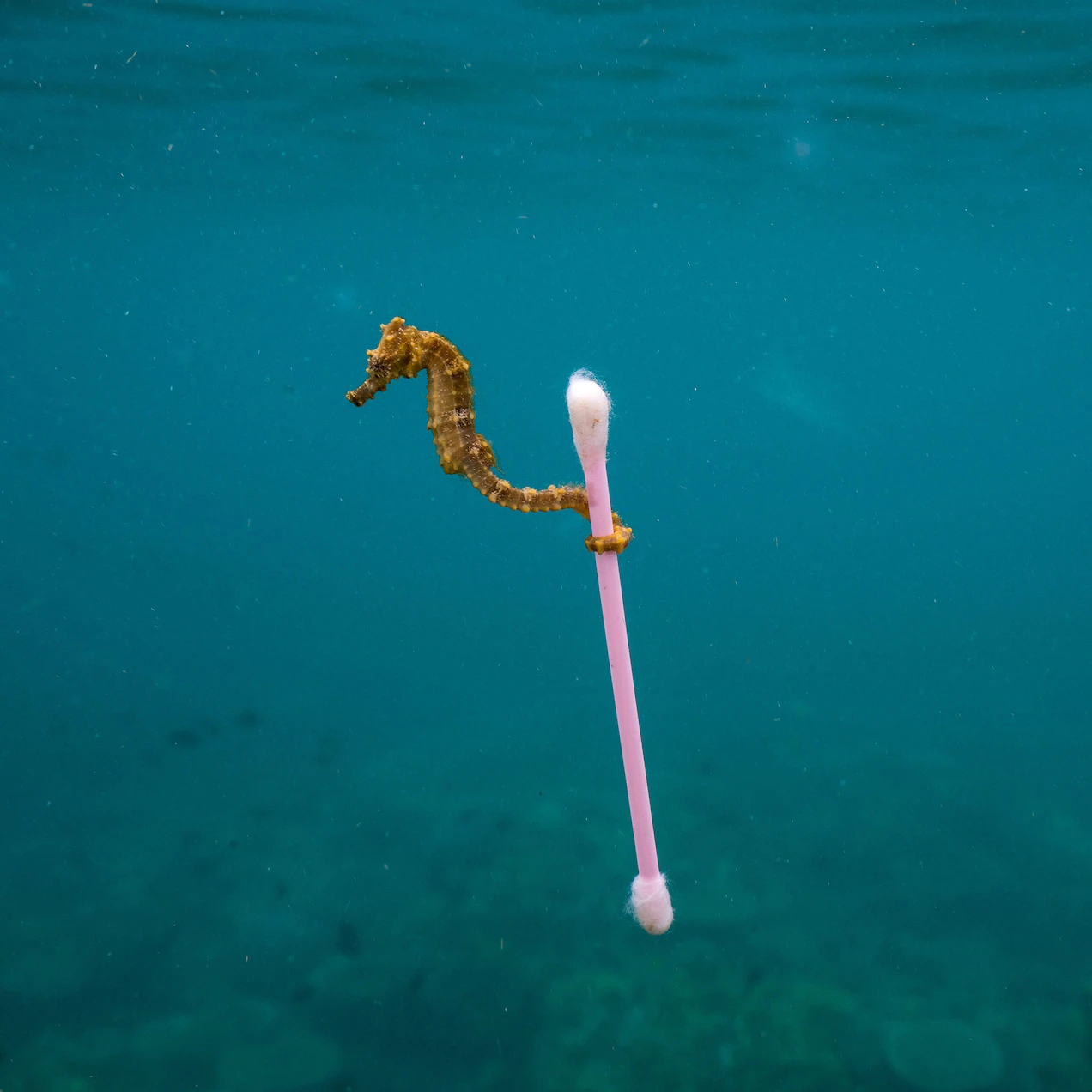Are we going to sit back and let seahorses become the dinosaurs of our generation?
The majestic seahorse ekes out a humble living in almost all the oceans and seas of our blue planet, and has inspired myths and legends world-wide for millennia. Gods of the sea, Neptune to the Romans or Poseidon to the Greeks, navigated the high seas in gleaming gilded chariots drawn by fierce seahorses.
This incredibly unusual animal has intrigued us due to its unique combination of distinguishable features, evoking rich childhood memories of sea creatures. It is said to have the head of a horse, snout of an aardvark, eyes of a chameleon, pouch of a kangaroo and the tail of a monkey.
Did You Know?
It is these interesting and diverse features that make seahorses such an intriguing species for study and observation. Unfortunately these captivating qualities also cause it to be in high demand in the wildlife trade, be that for Traditional Chinese Medicine (TCM), the curio trade or the aquarium trade.
It is this high demand both historically and at present that has impacted the wild seahorse stocks, leading to them being entered on the International Union for Conservation of Nature (ICUN) red list. Seahorse fisheries report that a decline of 50% has been observed in current stocks and it is expected that seahorses will become extinct in the next 20-30 years. Are we going to sit back and let seahorse become the dinosaurs of our generation?
Traditional Medicine Trade
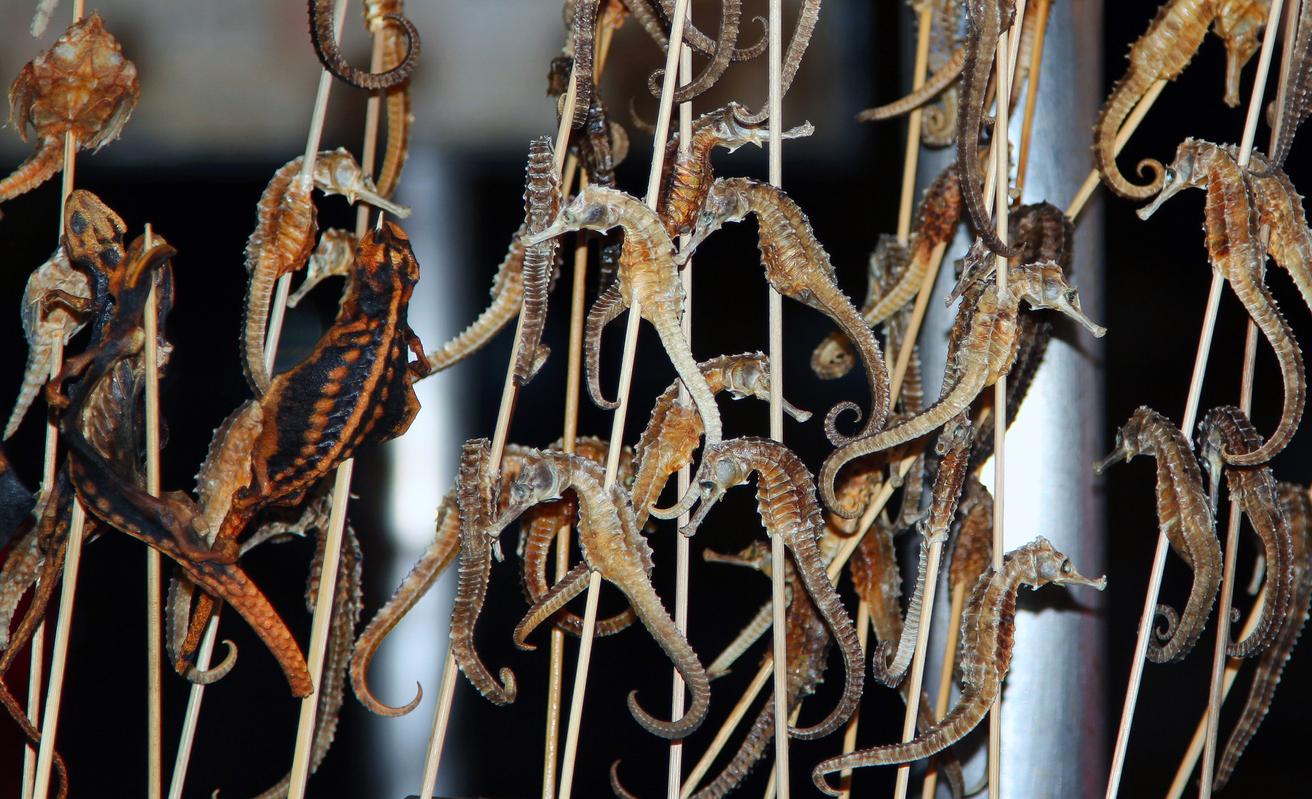
The majority of wild, fished, seahorses are used in the Traditional Chinese Medicine Trade.
This form of medicine is recognised by the World Health Organisation (WHO) as a valid form of healthcare. China has a quarter of the world’s population and so the trust in this kind of medicine from such a huge percentage of the planet’s population impacts wildlife globally, including the seahorse.
The Traditional Medicine Trade (TCM) industry takes approximately 150 million seahorses per annum from wild stock to be used mainly as natural aphrodisiacs. Worryingly our research shows that there is a new trend of parents supplementing their children with seahorse pills, believing it will spur growth. Women looking to natural beauty remedies are now also using seahorse products instead of Botox due to the high collagen levels in seahorses. There is no scientific evidence that seahorse products or their derivatives can do anything that the TCM claims they do.
Dried seahorse retails at US$600-$3000/kg, with larger, paler and smoother animals commanding the highest prices. In fact, in terms of value based on weight, seahorses retail for more than the price of silver and almost that of gold in Asia (UNEP, 2004).
The Curio Trade
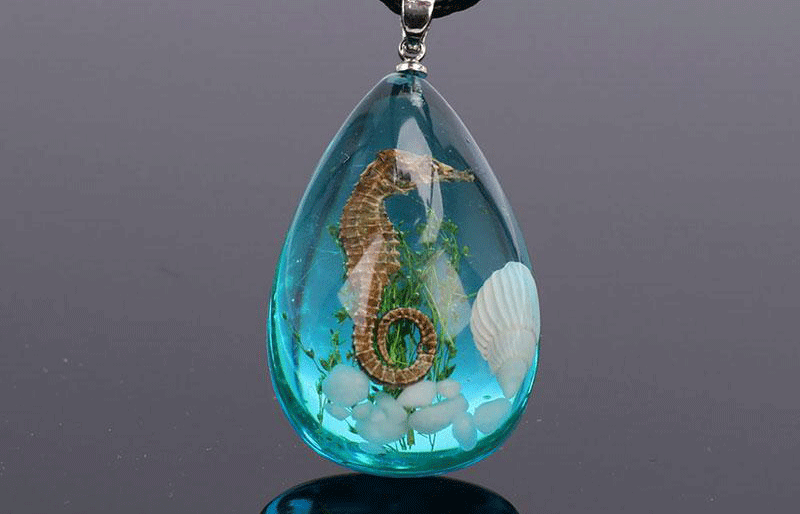
The seahorse’s unique shape and bony skeleton means that they are a sought-after commodity when dried for curiosities and jewellery.
It is estimated that over one million seahorses per annum are consumed for this market (The International Seahorse Trust, 2011).
The Aquarium Trade
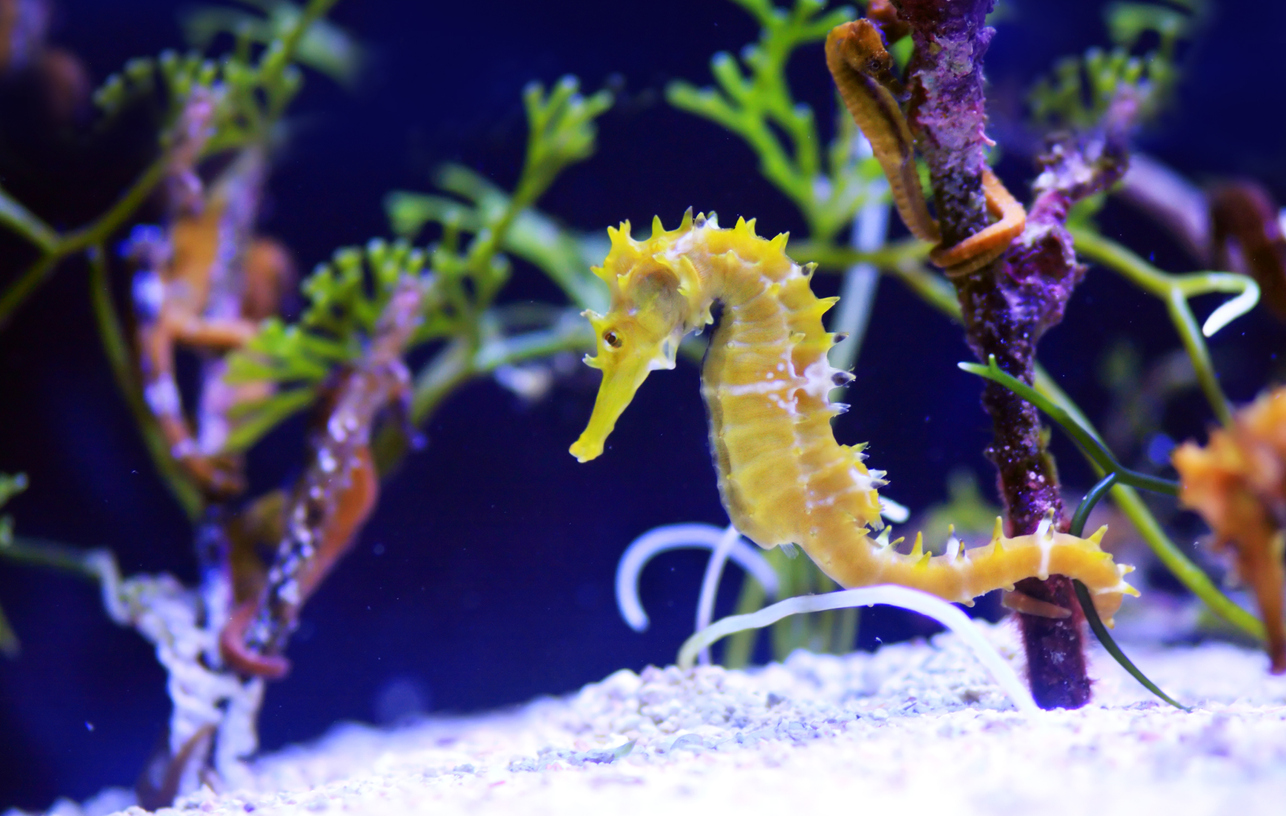
The seahorse with its astonishing beauty, uniqueness and mythical-like qualities is fast becoming a sought-after addition to aquaria. These high-demand animals are bright in colour, large in size and possess ornate features. However, wild seahorses traditionally supplied to this market do not adapt well to captivity, with less than 0.1% surviving the first six weeks due to their inability to eat non-living feeds.
However, captive-bred seahorses are trained to eat frozen foods, are disease free and are used to aquarium environments – therefore thriving in home aquariums. It is estimated that there are approximately one million seahorses sold in the aquarium market annually (The International Seahorse Trust, 2022).
Save The Seagrass – Save The Seahorse
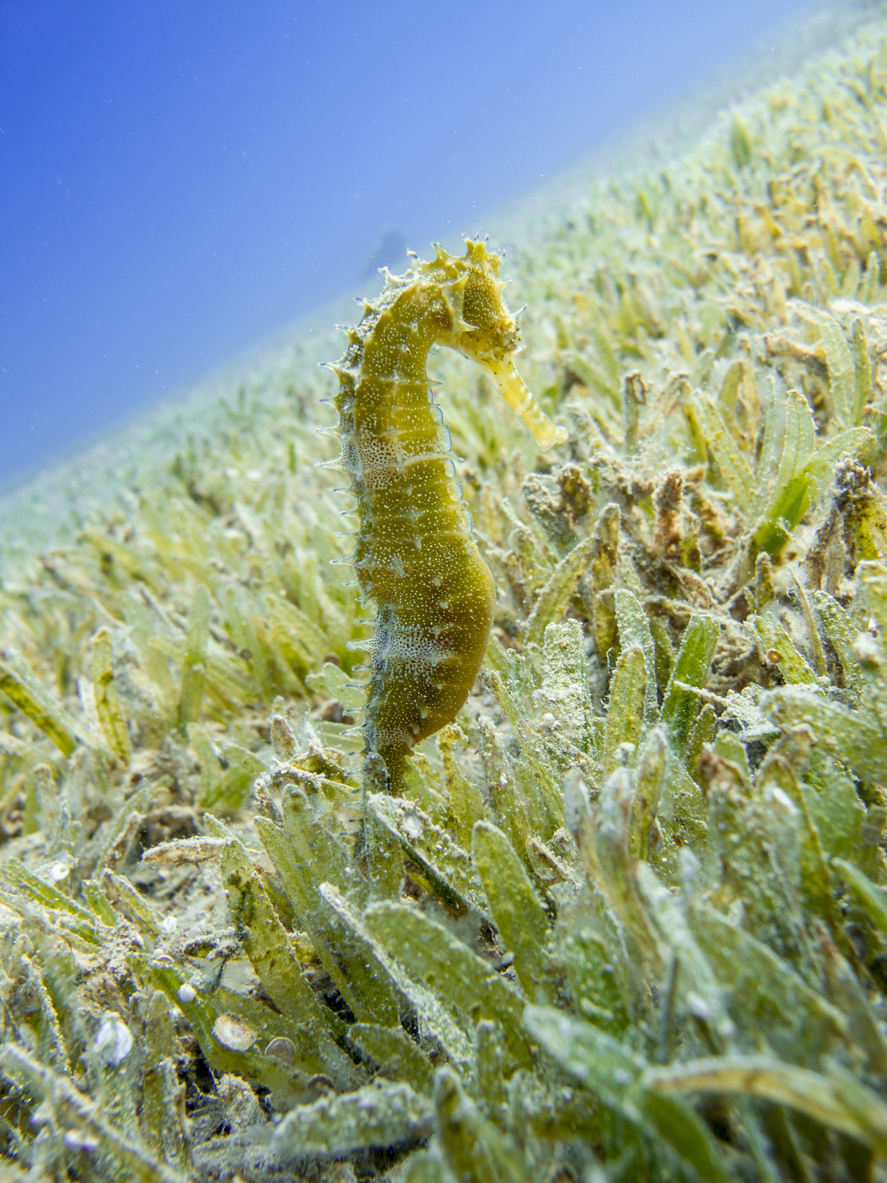
Seahorses generally live in seagrass beds and these crucially important ecosystems are being wiped out around the world at an alarming rate. Globally, estimates suggest we lose an area of seagrass around the same size as two football pitches every hour. Protecting what is left is vital.
The main threats to seagrass meadows include urban, industrial, and agricultural run-off, coastal development, dredging, unregulated fishing and boating activities, and climate change.
Seagrass meadows provide the perfect sheltered habitat for seahorses with a huge abundance of food readily available.
Plastic Pollution
Plastic waste is a major threat to seahorses and other marine creatures. Plastic can last in the ocean for hundreds of years and marine species can be affected in a variety of ways, from entanglement and injury to ingestion and toxic contamination.
